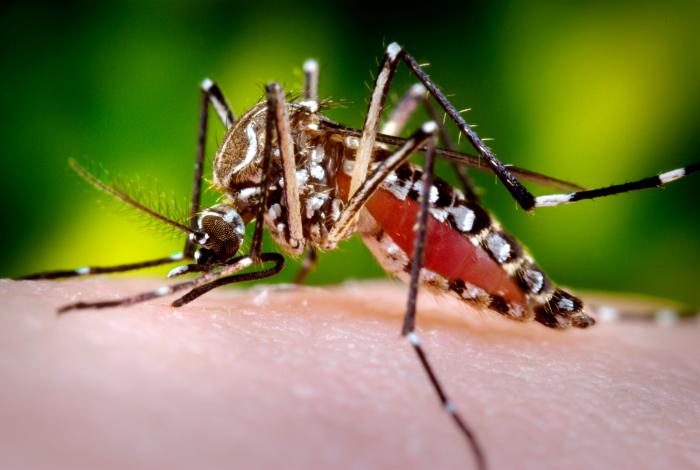With the addition of four autochthonous cases Friday, Hawaii health officials now put the state’s dengue fever outbreak at 23. Of the confirmed case, 15 are Hawaii residents and 8 are visitors. 21 cases have been in adults; two have been pediatric.

The outbreak has prompted health officials to issue a letter to Hawaii residents and visitors on how to prevent the mosquito borne virus.
While the outbreak has been located on the Big Island, the health department says the risk of dengue spreading to other islands is low.
Mosquito control teams on the Big Island have been spraying areas in an effort to kill adult mosquitoes to keep dengue fever from spreading.
State epidemiologist, Dr. Sarah Park said, “It’s likely an infected traveler infected the local mosquito population, which led to this cluster”. Local transmission means that mosquitoes in the area have been infected with dengue and are spreading it to people.
Dengue fever is an infectious disease carried by mosquitoes and caused by any of four related dengue viruses. This disease used to be called “break-bone fever” because it sometimes causes severe joint and muscle pain that feels like bones are breaking.
Dengue fever of multiple types is found in most countries of the tropics and subtropics particularly during and after rainy season. In the United States, dengue outbreaks have been seen in Hawaii, Texas and Florida.
In the US, the Centers for Disease Control and Prevention (CDC) says 100-200 cases are reported annually, mostly in people that have traveled abroad.
The World Health Organization (WHO) estimates there may be 50–100 million dengue infections worldwide every year. However, new research from the University of Oxford and the Wellcome Trust, using cartographic approaches, estimate there to be 390 million dengue infections per year worldwide.
Robert Herriman is a microbiologist and the Editor-in-Chief of Outbreak News Today and the Executive Editor of The Global Dispatch
Follow @bactiman63

